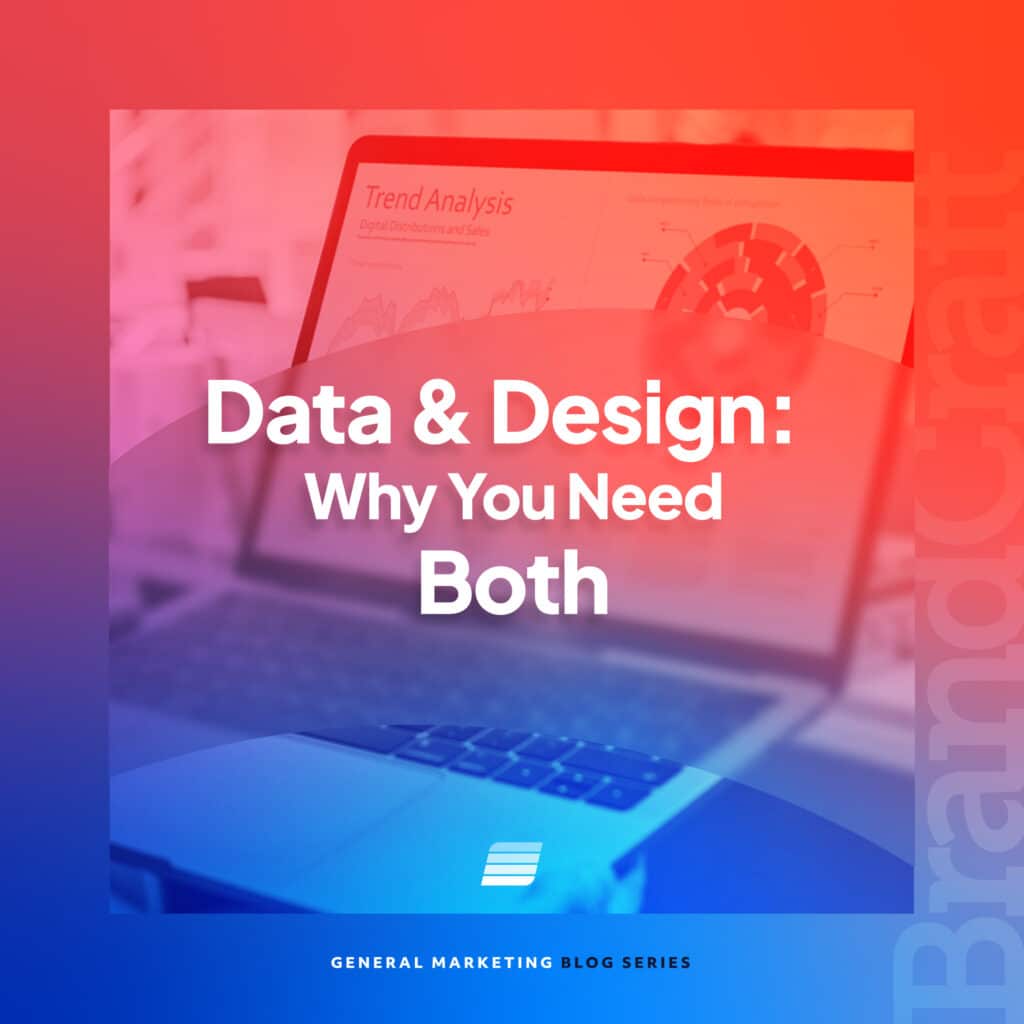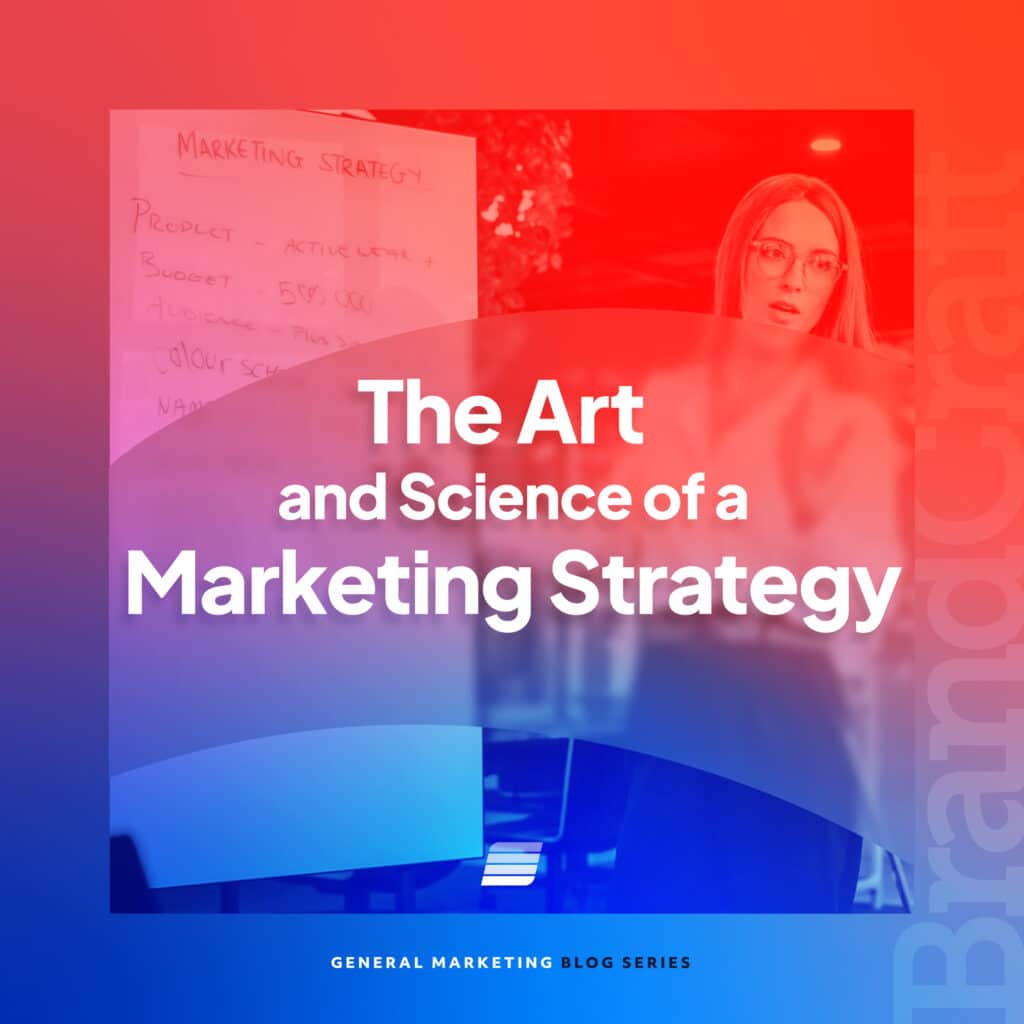The Best Bid Strategies for Google Search Ads
October 8, 2020

How do I know if I’m using the correct bid strategy in my Google search ads campaigns? This is a question that many of our client’s come to us with.
The answer: It depends
It depends on a variety of different factors, all of which stem from the goal behind your campaign. Before you dive right in to creating your first Google search campaign, you need to identify what objective you are trying to accomplish.
- Are you looking to increase traffic to your website?
- Do you want to generate more leads and phone calls?
- Are you looking to increase online sales?
The last thing you want is to waste your ad spend budget on unqualified clicks. Therefore, knowing the goal of your campaign is an important factor in choosing the correct bid strategy.
Search Bid Strategy Types
You go to the campaign settings, click on the bid settings, click the drop-down menu and what do you see?

“Which one do I choose?”
Good question. Let’s find out.
Before you can choose your bid strategy, you must first know what each bid strategy is and how it works.
Maximize Clicks
Let Google automatically set bids on keywords to get you the most clicks within your budget.
Maximize Conversions
Let Google automatically set bids on keywords to get you the most conversions within your budget
Target Cost-per-Acquisition (CPA)
Let Google automatically set bids to get the most conversions as possible within the cost per acquisition that you set.
Manual & Enhanced Cost-per-Click (CPC)
Manually set your own maximum cost per click or use Enhanced CPC to raise your max bids for clicks that are deemed more likely to lead to a conversion action and lower your bid for clicks less likely to lead to a conversion action.
Target Impression Share
Let Google automatically set bids to make sure your ads are only shown at the top of SERP
Maximize Conversion Value
Let Google automatically set bids to help get the most conversion value within your budget
Target Return on Ad Spend (ROAS)
Let Google automatically set buds to help you get the most conversion value at the ROAS that you set.
As you can see, almost all of the bid strategies allow Google to optimize who their ads are shown to. As a result, it’s important to allow time for the campaign to gather sufficient conversion data before making any bid strategy changes.
So back to that question again. Which bid strategy do I use?
Let’s take a deeper look at some of the bid strategies and in which scenario they should be used.
Maximize Clicks
The maximize clicks bid strategy is a great strategy to use when starting out a new campaign.
This allows you to get as many visitors to your site as possible which leads Google’s algorithms to quickly learn which types of internet users are most likely convert on your website. Google optimizes bids set on keyword searches to allow your ad to be clicked on as many times possible within your daily budget. This is one of the many reasons why making sure your conversion tracking is set up correctly is important.
It is strongly recommended that you leave your campaigns on the max. clicks setting until you have roughly two to three weeks of conversion history. Despite what Google recommends on their “Recommendations” tab, you will find more success letting Google learn for a little bit longer about the similarities among the types of users who convert. After you have sufficient conversion data, switching to a bid strategy that is geared towards a higher intent audience is considered best practice.
“But so far using the Max. Clicks bid strategy has greatly increased the traffic to my website AND I’ve seen some good conversion numbers. Why should I change it?”
Great! If increasing traffic is all that matters towards the success of your campaign, there is absolutely no need to change the bid strategy. Say for example, your business is running an in-store promotion that you want to get the word out on. You are not concerned about any conversion actions the users take on the site after they click such as a phone call, a form submission, or a purchase. All you care about is the is how many people see the ad. The maximize clicks strategy is perfect for you. However, not changing your bid strategy because you are content with your recent conversion history is never recommended.
Let’s ask the question; If you had the opportunity to make more money with the click of a button and risk losing some paid traffic to your website, would you do it?
Hopefully the answer is yes.
Increasing search engine optimization efforts (SEO) separately from paid ad efforts is highly recommended. However, it’s better to sacrifice a little bit of traffic to your website and gear spend (that otherwise would have been wasted) towards clicks that have a higher chance of taking a conversion action on your website. These clicks might be more expensive on average, but it will pay off in the long run when your conversion rate skyrockets and your cost per conversion plummets.
The Pros
- Cheap clicks
- High traffic volume
- Most clicks at the lowest cost
The Cons
- Lack of control of types of users clicking ads
- Lots of unqualified clicks
- Will be out bid by competing companies in the same area on the most qualified clicks
Helpful Hints
- Allow this bid strategy time before changing it to something else. The more conversion data Google has to work with, the more accurate it’s targeting will be when you switch to a new bid strategy.
Maximize Conversions
The bid strategy Maximize Conversions is a commonly used bid strategy for forward thinkers’ who are most concerned about putting their ads in front of the faces of those who are most likely to convert from an ad. Unlike the Max Clicks bid strategy, the Maximize Conversions bid strategy is tailored to get as many conversions from clicks as possible, regardless of the cost of a conversion.
However, when running this type of strategy, you need to understand one important tradeoff. This is especially prominent if you were previously using the maximize clicks bid strategy. When switching to a higher intent bid strategy such as Max. Conversions, you will see a steep drop off in overall paid search traffic to your website. In layman’s terms, you will notice a significant decrease in clicks. As well as that, you will notice that your average cost per click will increase.
Below is an example of a campaign that made the switch from Maximize Clicks to Maximize Conversions. Rather than taking note of overall clicks and conversions, focus in on the Cost per Click as well as all of the Cost per Conversion and the conversion rate.
Max Clicks – February 2020 – May 2020

Max Conversions – June 2020 – September 2020

After making the switch, you can see that cost per click went up nearly $2, which can be alarming when you have a smaller budget. Taking a closer look, you can easily see that conversions are triggered at a higher rate. In addition, the overall cost per conversion decreased dramatically by almost $20.
This tradeoff is worth it. It doesn’t matter if your cost per click increases as long as you have your campaign optimized and conversion history tracked correctly. Switching your bid strategy to Maximize Conversions should allow you to see more conversions at a higher conversion rate. This will also result in lower costs per conversions.
The Pros
- Higher Conversion Rate
- More Conversions
- Lower Cost per conversion
The Cons
- Higher Cost Per Click
- Less Traffic to the website
Helpful Tips
- Make sure you monitor your cost per conversion and make sure they aren’t too high. If they are higher than you would like, you should look at switching your bid strategy to Target CPA
Target CPA
Similar to Maximize Conversions, the Target CPA (cost-per-acquisition) bid strategy focuses on getting your campaign as many conversions as possible. The difference in using Target CPA as your bid strategy is that it allows you to set a target cost per acquisition or conversion. Basically, what this does is give you more control and customization of your campaign. This allows you to limit those expensive conversions and cut your cost per acquisition by a large margin so that you can focus on the clicks and conversions that are most valuable to your business.
In the example data above, you can see that once the switch to Maximize conversions was made, you started seeing conversions at around a $60 cost per conversion. What you don’t know however, is that Google is optimizing your campaign to get the most conversions possible at any cost per acquisition. One conversion might cost you $150 in clicks whereas the next one might cost you $10 and it will average out somewhere in between. However, it is possible that in maximizing conversions, Google will spend the maximum amount to try and get those conversions, spending your budget much quicker than you would like.
Thankfully, using the Target CPA bid strategy allows you to set the cost at which you expect a conversion should be. If you know you want to target a conversion at $75, Google will optimize your campaign to get conversions at or right around the cost that you set.
Here is an example of a Google ads campaign in the benefits/insurance industry that was switched to a Target CPA bid strategy.
Max Clicks

Target CPA at $58 per acquisition (conversion)

Again, with monthly budgets changing, you can’t always focus on the number of clicks and conversions seen, but rather by the cost per conversion and conversion rate. As you can see here, Google optimizes this campaign based on the Target CPA that was set. Therefore, there will never be a conversion completed at a higher cost than what was set. In this case, by making the switch it was able to decrease the cost per conversion by $30 and increase the conversion rate by more than 2%.
The Pros
- More control & customization
- Set your own cost per acquisition & limit expensive conversions
- Never pay more than you want to for a conversion
The Cons
- Potential to miss out on possible conversions that cost slightly more than your target CPA
- Maximizing your full weekly/monthly budget becomes more difficult when you limit clicks
Helpful Tips
- Because you set your own Target CPA, Google will not bid on clicks that would trigger a higher cost per acquisition. Which may sometimes lead to coming up short on ad spend for a particular week or month because Google wasn’t spending all of the budget allocated to the campaign. The reason for this being that a lot of potential conversions can cost more than the Target CPA you set which in turn tells Google not to bid on those clicks. Fixing this can be as simple as raising your target CPA a few dollars which will allow Google to bid on more expensive clicks that are more likely to lead to a conversion.
Manual CPC
The most customizable bid strategy is Manual CPC. Using this bid strategy type allows for you to create your own bid for keywords in your account. This is highly beneficial to your Google ads campaigns. To use this bid strategy type effectively, you need to have a deep understanding of your industry as well as ample experience with your Google Ads campaign.
It is best to use this type of bid strategy among campaigns that are competing in a highly competitive market. For example, since the COVID-19 outbreak started, it was obvious that the keywords in the sanitation industry were going to be very competitive for ad clicks. In this situation, you may have trouble getting clicks or any impressions if you are in the sanitation industry.
Knowing that there are a lot of big fish in industries that are spending a lot on ads, one can speculate that most of these companies are optimizing how they bid on keywords. It’s important to make your ads show up on the first page. Switching to Manual CPC is the only solution. As you can see here, there is an option to increase your bids to first page bids.

Once the bids start to show up on the first page of the SERP, the data shows increased impressions and a lot of clicks. These clicks became more expensive than originally anticipated, but it’s worth it to compete and see conversions in such a competitive industry.
The Pros
- Bid strategy that gives you the most control over your Google Ads campaign
- Ability to make sure your ads show up on the first page of the SERP
- Ability to make sure your ads show up as the first result on the SERP
The Cons
- Easy to make errors in bid settings and spend too much or not at all
- Disallow Google’s algorithm to make educated bids on keywords & highly qualified user searches
Helpful Tips
- Your Manual CPCs on your keywords are different than the Manual CPC max bid setting. Make sure that your max bid limit set at the campaign level is higher than your bids on your keywords. If it is not you will not see any clicks or impressions
Summary
Marketers and business owners are always looking for ways to optimize their campaigns to see the most return on their investments. One of the quickest ways to do so, once you have your campaign set up correctly and begin to see some conversion data, is to switch your campaign to the bid strategy that fits your campaign goals the best.
With that being said, there’s no magic button to make your campaigns perfect. Continuous campaign optimizations in all areas are still just as important if not more important than your bid strategy to the overall success of your campaign, but updating your bid strategy is a great place to start.
Need outside help on your marketing initiatives? Contact BrandCraft Marketing today.







